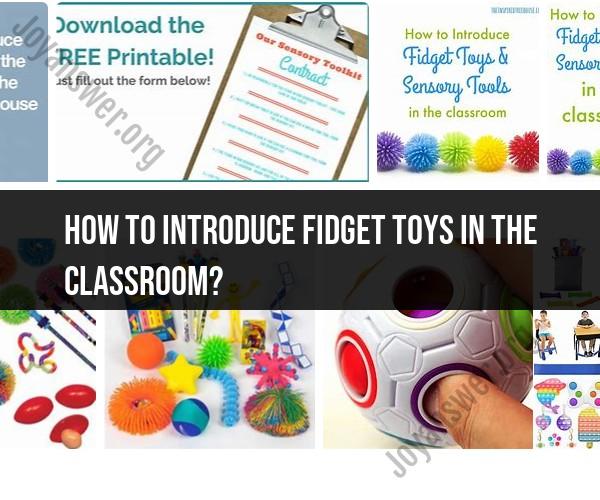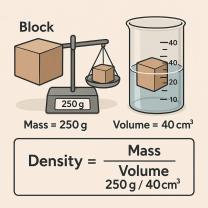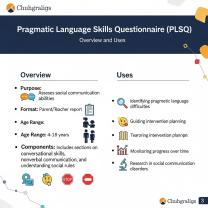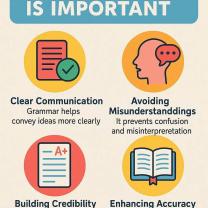How to introduce fidget toys in the classroom?
Introducing fidget toys in the classroom can be beneficial for students who benefit from sensory stimulation and can help improve focus and attention. However, it's essential to introduce them thoughtfully and with guidelines to ensure they are used effectively. Here are steps to introduce fidget toys in the classroom:
1. Consult with School Administration:
- Before introducing fidget toys, consult with your school's administration and inform them of your plan. Ensure that they are supportive and aware of the benefits.
2. Educate Students and Parents:
- Hold a meeting or send a letter home to inform students and parents about the introduction of fidget toys. Explain the purpose, benefits, and guidelines for their use. Address any concerns or questions.
3. Select Appropriate Fidget Toys:
- Choose a variety of fidget toys that are safe, silent, and non-distracting to others. Consider options such as stress balls, putty, spinners, or desk fidgets.
4. Establish Clear Guidelines:
- Develop clear and specific guidelines for the use of fidget toys in the classroom. Emphasize that these tools are meant to enhance focus and not disrupt the learning environment. Guidelines may include:
- Fidget toys should be used discreetly and silently.
- Students should ask for permission before using them.
- Respect the personal space of others and avoid distracting behaviors.
- Fidget toys should not be used as toys for playing or thrown around.
- Set limits on the number of fidget toys allowed at a time.
5. Create a Fidget-Friendly Zone:
- Designate an area of the classroom where students can use fidget toys when needed. This area can be a specific desk or corner. Ensure it is easily accessible to students.
6. Monitor Usage:
- Keep an eye on how students use fidget toys in the classroom. If you notice misuse or disruption, remind students of the guidelines and provide gentle guidance.
7. Individualize Usage:
- Recognize that different students may have different needs. Some may benefit from using fidget toys during lectures, while others may need them only during specific tasks or when they feel overwhelmed.
8. Encourage Self-Regulation:
- Teach students to recognize when they need to use a fidget toy and when they should put it away. Encourage self-regulation and self-awareness.
9. Evaluate Effectiveness:
- Regularly assess the impact of fidget toys on students' focus and attention. Collect feedback from students and parents to determine if they are helping.
10. Adjust as Needed:- Be flexible and willing to adjust your approach based on the needs of your students. If fidget toys are not working as intended or are causing disruptions, consider modifications.
11. Maintain Communication:- Maintain open communication with students, parents, and colleagues about the use of fidget toys. Address any concerns promptly and make adjustments as necessary.
12. Provide Alternative Strategies:- Recognize that fidget toys are one of many strategies to support students with attention and sensory needs. Encourage students to explore other techniques, such as deep breathing exercises or movement breaks.
Introducing fidget toys in the classroom can be a positive step toward creating an inclusive and supportive learning environment. When implemented with clear guidelines and regular communication, fidget toys can help students improve their focus and engage more effectively in the learning process.












